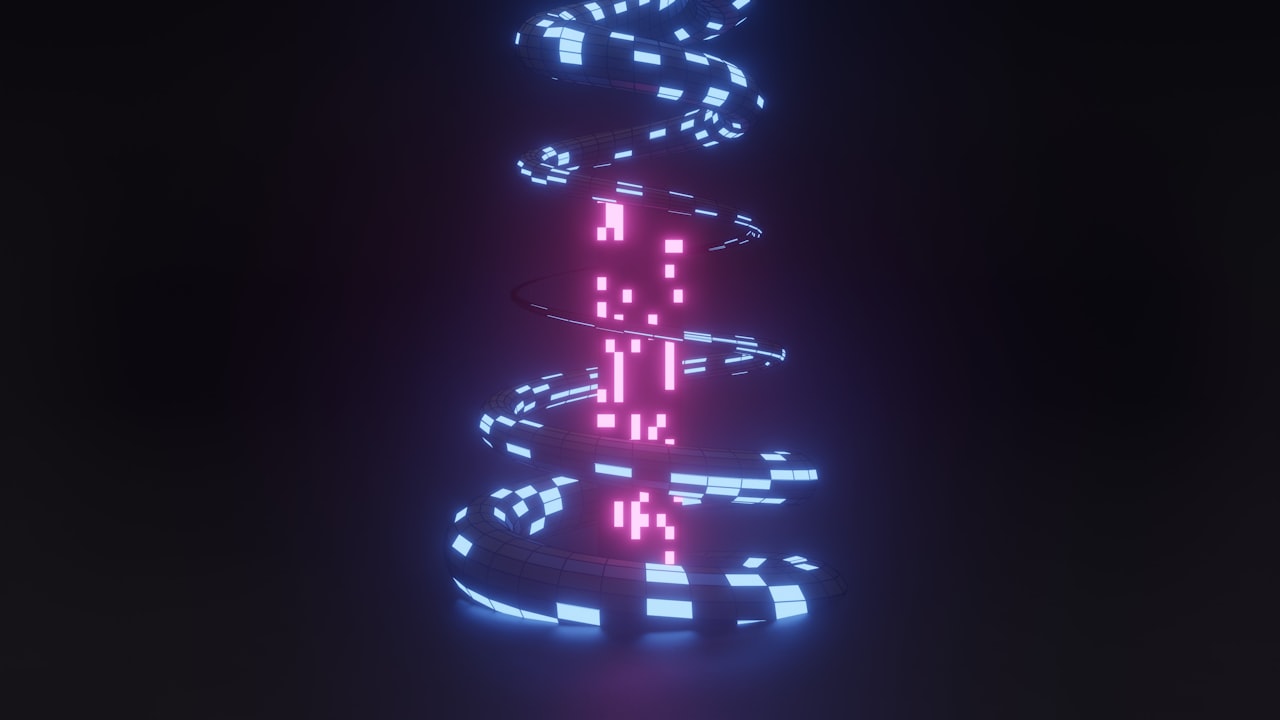 Title: How Lightning Rods Work to Protect Buildings from Strikes
Title: How Lightning Rods Work to Protect Buildings from Strikes
Lightning rods, also known as lightning arresters, play a crucial role in protecting buildings from the devastating effects of lightning strikes. These devices are installed on the rooftops of buildings to provide a path for lightning strikes to safely dissipate into the ground, preventing damage to structures and potential fires.
Jinguan Electric, a leading arrester factory and supplier, produces high-quality lightning arresters that are designed to withstand the intense electrical currents generated by lightning strikes. These arresters are made from durable materials that can effectively redirect the electricity from lightning strikes away from the building, ensuring the safety of the occupants and the structure itself.
The mechanism behind how lightning rods work is based on the principles of grounding and conductivity. When lightning strikes a building equipped with a lightning rod, the electric current is directed through a conductor, usually a metal rod, that is connected to a network of wires running down the building and into the ground. This process allows the lightning to bypass the building and follow the path of least resistance to the earth, where it is harmlessly dispersed.
Jinguan Electric’s lightning rods are rigorously tested to meet industry standards and ensure optimal performance in both residential and commercial settings. By partnering with Jinguan Electric as their arrester supplier, builders and homeowners can have peace of mind knowing that their properties are equipped with reliable protection against lightning strikes.
In conclusion, lightning rods, or arresters, are essential components in safeguarding buildings from the destructive power of lightning strikes. With Jinguan Electric’s high-quality products and expertise in the field, buildings can be shielded from potential damage and destruction, ensuring the safety of occupants and the preservation of structures for years to come.
